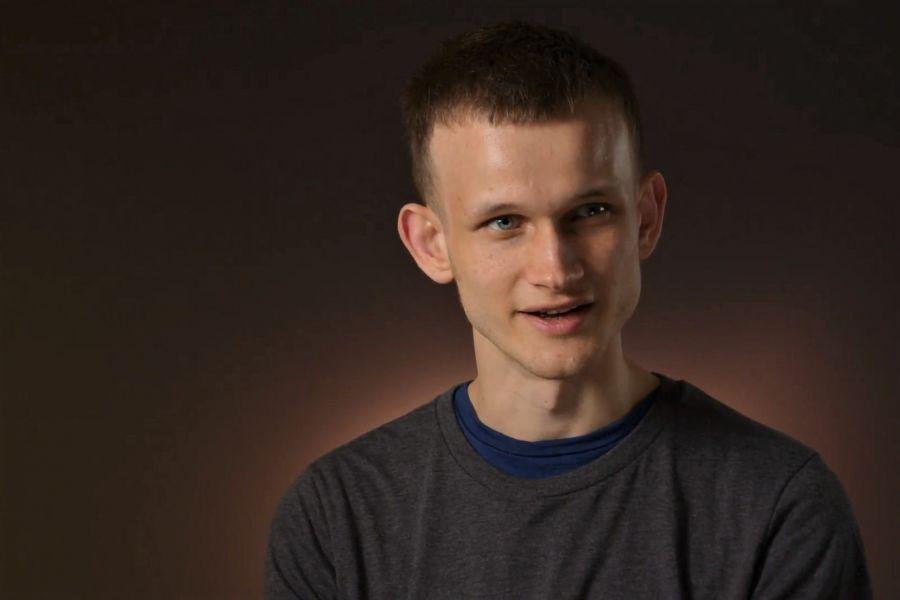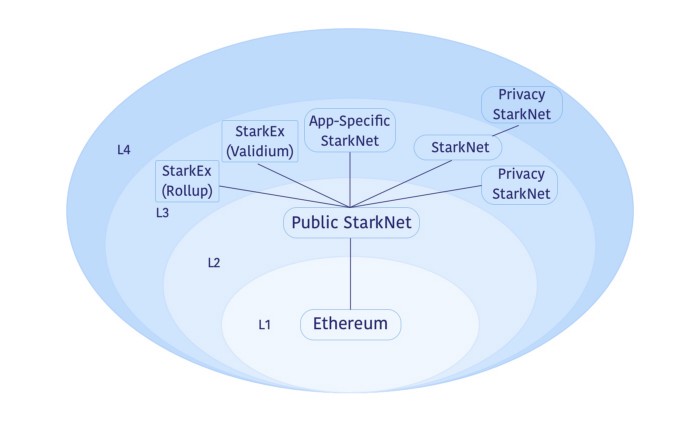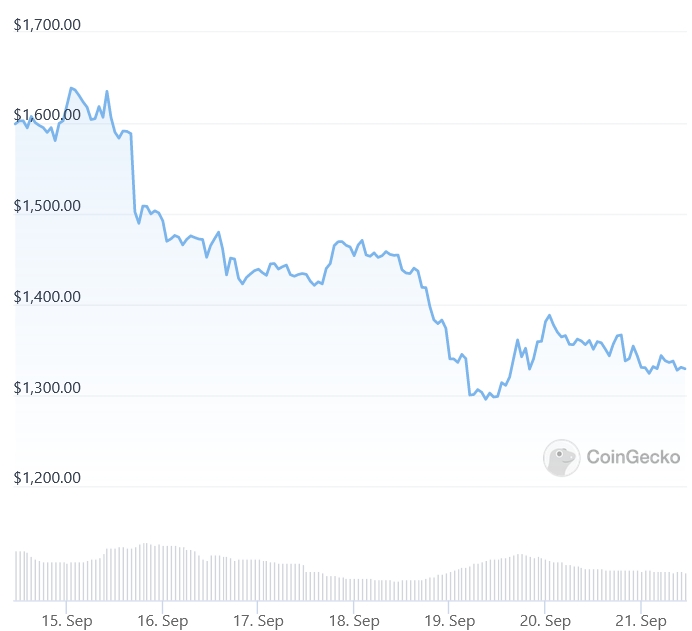Ethereum’s Vitalik Buterin Has a Layer 3 Vision to Unleash Full Power of Crypto

Ethereum (ETH) co-founder Vitalik Buterin always seems to be looking a step into the future – or three. While layer 2 (L2) is currently still developing, Buterin contributed to the layer 3 (L3) discussion, arguing that these could serve a different purpose(s), leaving scalability to L2s.
As a reminder, layer 1 is the base layer. Ethereum itself is an L1 chain and one of the most used blockchains presently. L2 solutions are built on top of these blockchains to reduce their on-chain burden.
To this, in his blog post titled What kind of layer 3s make sense?, Buterin ‘adds’ another layer, writing:
“If we can build a layer 2 protocol that anchors into layer 1 for security and adds scalability on top, then surely we can scale even more by building a layer 3 protocol that anchors into layer 2 for security and adds even more scalability on top of that?”
He warns, however, that these concepts are not as simple as they sound and that there is often something in the design that is not stackable and can only give “scalability boost once.”
Other issues can emerge too, including, but not limited to, limits to data availability and reliance on L1 bandwidth for emergency withdrawals.
L3s, though, are not a Buterin-invention, and others too are already discussing their utilization. Newer ideas, such as the one proposed by blockchain startup StarkWare, Buterin says, focus more on assigning different roles to L2s and L3s, instead of just “stacking the same thing on top of itself,” arguing that:
“Some form of this approach may well be a good idea – if it’s done in the right way.”
While scaling can be relegated to L2s, L3 could be used for:
- customized functionality, for example privacy;
- customized scaling;
- weakly-trusted scaling (validiums – a scaling solution that uses off-chain data availability and computation designed to improve throughput by processing transactions off the Ethereum Mainnet).

Per Buterin, this seems “fundamentally reasonable,” but he argues that some large questions with very complicated answers still remain, such as: is a three-layer structure the right way to accomplish these goals? The fact is, he suggests, many of the roles which may be given to L3s may perhaps be accomplished on the L2 level, while other issues could be solved with a different, existing or proposed, approach.

Therefore, Buterin argues,
“A three-layer scaling architecture that consists of stacking the same scaling scheme on top of itself generally does not work well. Rollups on top of rollups, where the two layers of rollups use the same technology, certainly do not. A three-layer architecture where the second layer and third layer have different purposes, however, can work.”
And though not the best long-term solution, validiums on top of rollups “do make sense,” he said. Rollups are a scaling solution that enables the transaction to be executed off the chain. They perform transaction execution outside L1, after which the data is posted to L1 where consensus is reached.
Meanwhile, the long-awaited and highly-anticipated Ethereum Merge blockchain upgrade happened on September 15, triggering the blockchain’s transition from a Proof-of-Work (PoW) to a Proof-of-Stake (PoS) consensus mechanism.
While the coin’s price briefly went up in the days leading to the event, in the six days since the Merge, ETH fell 18.8%. On Wednesday morning (UTC time), it is trading at USD 1,329, down 2% in a day and 15.5% in a week.

____
Learn more:
– 6 Key Points in Vitalik Buterin’s Vision for Ethereum Presented at EthCC
– Buterin Says Ethereum Will be ‘55% Complete’ Post-Merge
– How to Use Layer-2 Solutions to Save on Ethereum Fees
– Layer 2 in 2022: Get Ready for Rollups, Bridges, New Apps, Life With Ethereum 2.0, and Layer 3
– Vitalik Buterin: An Incomplete Guide to Rollups – Crypto News
– A Rollup Vision for Ethereum: Zk vs Optimistic




